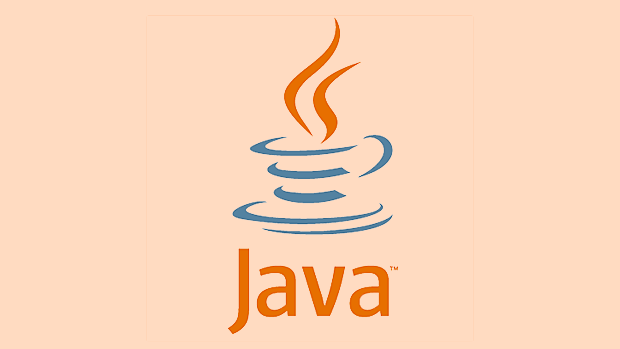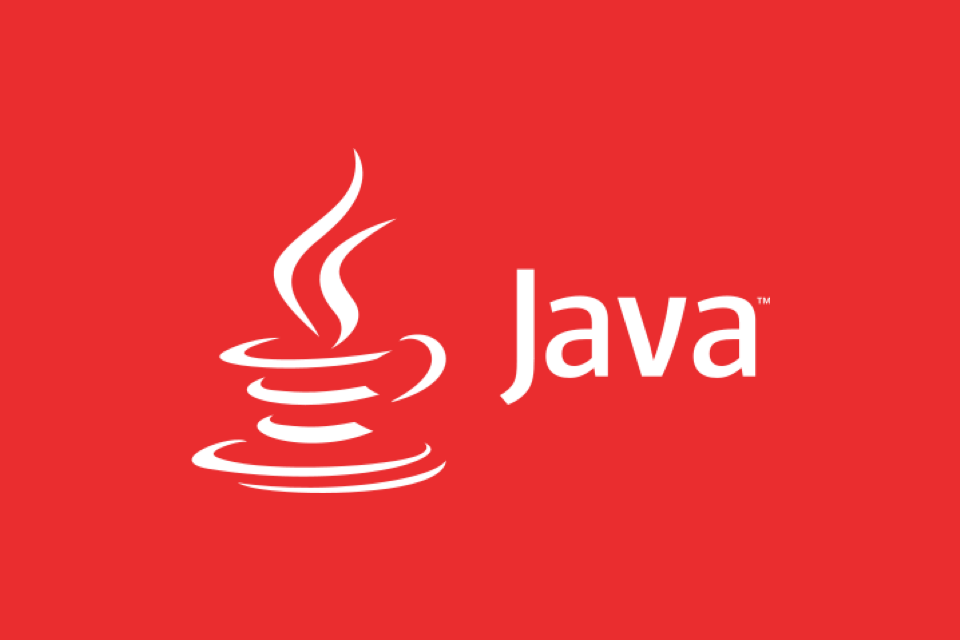ConcurrentHashMap performs better than HashMap in multi-threaded environments due to built-in concurrency support. 1. HashMap is not thread-safe and requires external synchronization, leading to overhead. 2. ConcurrentHashMap uses segment locking (Java 7 and earlier) or synchronized bins and CAS operations (Java 8 ) to allow concurrent access without full map locking. 3. Read operations in ConcurrentHashMap are non-blocking and faster. 4. Iterators are weakly consistent, avoiding ConcurrentModificationException but may miss recent updates. 5. Bulk operations like putAll() or clear() aren't atomic, requiring external synchronization for full consistency. 6. ConcurrentHashMap uses more memory due to internal concurrency structures. 7. Use HashMap in single-threaded contexts for simplicity and speed. 8. Use ConcurrentHashMap when multiple threads read and write concurrently or when safe bulk operations and iterators are needed.

When you're working with Java and dealing with maps in a multi-threaded environment, choosing between HashMap and ConcurrentHashMap can have a noticeable impact on performance. If your application involves multiple threads reading and writing to a map, the choice becomes even more important. Let’s break down how these two compare when it comes to performance under different scenarios.

Thread Safety Without Overhead
The biggest difference between HashMap and ConcurrentHashMap is thread safety. HashMap isn't thread-safe at all — if multiple threads modify it concurrently, you could end up with corrupted data. You'd need to manually synchronize it, which adds overhead.

On the other hand, ConcurrentHashMap was built for concurrent access. It doesn’t lock the entire map when one thread is modifying it. Instead, it uses a technique called segment locking (in Java 7 and earlier) or synchronized bins and CAS operations (starting from Java 8), allowing multiple threads to operate on different parts of the map simultaneously.
So, if you're working in a single-threaded context, HashMap will outperform ConcurrentHashMap because there's no extra synchronization overhead. But as soon as concurrency comes into play, ConcurrentHashMap starts to shine.

Performance Under High Concurrency
Under heavy concurrent writes, ConcurrentHashMap definitely has an edge. Since it allows concurrent modifications by locking only part of the map (or using atomic operations), it scales better than a synchronized HashMap.
For example:
- When 10 threads are inserting entries into a map, a synchronized
HashMapwould block all but one thread at a time. - Meanwhile,
ConcurrentHashMapmight allow several threads to insert simultaneously without contention.
This behavior makes ConcurrentHashMap ideal for high-concurrency applications like web servers or caching systems where many threads may be reading or writing at once.
Some key points to note:
- Read operations in
ConcurrentHashMapgenerally don’t block, so they’re fast. - Iterators returned by
ConcurrentHashMapare weakly consistent, meaning they won’t throwConcurrentModificationException, but they may not reflect the most recent changes. - Bulk operations like
putAll()orclear()aren’t atomic, so if you need full consistency during such operations, you’ll need external synchronization.
Memory Usage and Internal Overhead
It's also worth mentioning that ConcurrentHashMap tends to use more memory than a regular HashMap. That’s because of additional internal structures used for concurrency control — like locks or volatile fields.
If memory usage is a concern and your app doesn’t require concurrent access, then sticking with HashMap makes sense. However, in environments where both performance and thread safety matter, the trade-off in memory is usually acceptable.
Also, keep in mind that resizing a ConcurrentHashMap under high concurrency can get complex. Java 8 improved this by using tree bins and better resizing strategies, but it still carries some overhead compared to a simple resize in HashMap.
Use Cases and Recommendations
Choosing between the two really depends on your use case:
Use HashMap when:
- You're working in a single-threaded context
- You need maximum performance and minimal overhead
- You're okay with synchronizing externally if needed
Use ConcurrentHashMap when:
- Multiple threads will read and write concurrently
- You want to avoid manual synchronization
- You need safe and efficient bulk operations or iterators
A common mistake is assuming that wrapping a HashMap with Collections.synchronizedMap() gives you the same performance as ConcurrentHashMap. In reality, synchronized maps can become bottlenecks under load because they lock the whole structure.
In short, if your app needs to handle concurrent access safely and efficiently, ConcurrentHashMap is the way to go. Otherwise, stick with HashMap for simplicity and speed. The difference boils down to whether you need concurrency built-in or not — and it's not worth overengineering unless you actually see contention or thread-safety issues in practice.
The above is the detailed content of Comparing Java HashMap and ConcurrentHashMap Performance. For more information, please follow other related articles on the PHP Chinese website!

Hot AI Tools

Undress AI Tool
Undress images for free

Undresser.AI Undress
AI-powered app for creating realistic nude photos

AI Clothes Remover
Online AI tool for removing clothes from photos.

Clothoff.io
AI clothes remover

Video Face Swap
Swap faces in any video effortlessly with our completely free AI face swap tool!

Hot Article

Hot Tools

Notepad++7.3.1
Easy-to-use and free code editor

SublimeText3 Chinese version
Chinese version, very easy to use

Zend Studio 13.0.1
Powerful PHP integrated development environment

Dreamweaver CS6
Visual web development tools

SublimeText3 Mac version
God-level code editing software (SublimeText3)
 Asynchronous Programming Techniques in Modern Java
Jul 07, 2025 am 02:24 AM
Asynchronous Programming Techniques in Modern Java
Jul 07, 2025 am 02:24 AM
Java supports asynchronous programming including the use of CompletableFuture, responsive streams (such as ProjectReactor), and virtual threads in Java19. 1.CompletableFuture improves code readability and maintenance through chain calls, and supports task orchestration and exception handling; 2. ProjectReactor provides Mono and Flux types to implement responsive programming, with backpressure mechanism and rich operators; 3. Virtual threads reduce concurrency costs, are suitable for I/O-intensive tasks, and are lighter and easier to expand than traditional platform threads. Each method has applicable scenarios, and appropriate tools should be selected according to your needs and mixed models should be avoided to maintain simplicity
 Best Practices for Using Enums in Java
Jul 07, 2025 am 02:35 AM
Best Practices for Using Enums in Java
Jul 07, 2025 am 02:35 AM
In Java, enums are suitable for representing fixed constant sets. Best practices include: 1. Use enum to represent fixed state or options to improve type safety and readability; 2. Add properties and methods to enums to enhance flexibility, such as defining fields, constructors, helper methods, etc.; 3. Use EnumMap and EnumSet to improve performance and type safety because they are more efficient based on arrays; 4. Avoid abuse of enums, such as dynamic values, frequent changes or complex logic scenarios, which should be replaced by other methods. Correct use of enum can improve code quality and reduce errors, but you need to pay attention to its applicable boundaries.
 Understanding Java NIO and Its Advantages
Jul 08, 2025 am 02:55 AM
Understanding Java NIO and Its Advantages
Jul 08, 2025 am 02:55 AM
JavaNIO is a new IOAPI introduced by Java 1.4. 1) is aimed at buffers and channels, 2) contains Buffer, Channel and Selector core components, 3) supports non-blocking mode, and 4) handles concurrent connections more efficiently than traditional IO. Its advantages are reflected in: 1) Non-blocking IO reduces thread overhead, 2) Buffer improves data transmission efficiency, 3) Selector realizes multiplexing, and 4) Memory mapping speeds up file reading and writing. Note when using: 1) The flip/clear operation of the Buffer is easy to be confused, 2) Incomplete data needs to be processed manually without blocking, 3) Selector registration must be canceled in time, 4) NIO is not suitable for all scenarios.
 How does a HashMap work internally in Java?
Jul 15, 2025 am 03:10 AM
How does a HashMap work internally in Java?
Jul 15, 2025 am 03:10 AM
HashMap implements key-value pair storage through hash tables in Java, and its core lies in quickly positioning data locations. 1. First use the hashCode() method of the key to generate a hash value and convert it into an array index through bit operations; 2. Different objects may generate the same hash value, resulting in conflicts. At this time, the node is mounted in the form of a linked list. After JDK8, the linked list is too long (default length 8) and it will be converted to a red and black tree to improve efficiency; 3. When using a custom class as a key, the equals() and hashCode() methods must be rewritten; 4. HashMap dynamically expands capacity. When the number of elements exceeds the capacity and multiplies by the load factor (default 0.75), expand and rehash; 5. HashMap is not thread-safe, and Concu should be used in multithreaded
 Effective Use of Java Enums and Best Practices
Jul 07, 2025 am 02:43 AM
Effective Use of Java Enums and Best Practices
Jul 07, 2025 am 02:43 AM
Java enumerations not only represent constants, but can also encapsulate behavior, carry data, and implement interfaces. 1. Enumeration is a class used to define fixed instances, such as week and state, which is safer than strings or integers; 2. It can carry data and methods, such as passing values ??through constructors and providing access methods; 3. It can use switch to handle different logics, with clear structure; 4. It can implement interfaces or abstract methods to make differentiated behaviors of different enumeration values; 5. Pay attention to avoid abuse, hard-code comparison, dependence on ordinal values, and reasonably naming and serialization.
 What is a Singleton design pattern in Java?
Jul 09, 2025 am 01:32 AM
What is a Singleton design pattern in Java?
Jul 09, 2025 am 01:32 AM
Singleton design pattern in Java ensures that a class has only one instance and provides a global access point through private constructors and static methods, which is suitable for controlling access to shared resources. Implementation methods include: 1. Lazy loading, that is, the instance is created only when the first request is requested, which is suitable for situations where resource consumption is high and not necessarily required; 2. Thread-safe processing, ensuring that only one instance is created in a multi-threaded environment through synchronization methods or double check locking, and reducing performance impact; 3. Hungry loading, which directly initializes the instance during class loading, is suitable for lightweight objects or scenarios that can be initialized in advance; 4. Enumeration implementation, using Java enumeration to naturally support serialization, thread safety and prevent reflective attacks, is a recommended concise and reliable method. Different implementation methods can be selected according to specific needs
 Java Optional example
Jul 12, 2025 am 02:55 AM
Java Optional example
Jul 12, 2025 am 02:55 AM
Optional can clearly express intentions and reduce code noise for null judgments. 1. Optional.ofNullable is a common way to deal with null objects. For example, when taking values ??from maps, orElse can be used to provide default values, so that the logic is clearer and concise; 2. Use chain calls maps to achieve nested values ??to safely avoid NPE, and automatically terminate if any link is null and return the default value; 3. Filter can be used for conditional filtering, and subsequent operations will continue to be performed only if the conditions are met, otherwise it will jump directly to orElse, which is suitable for lightweight business judgment; 4. It is not recommended to overuse Optional, such as basic types or simple logic, which will increase complexity, and some scenarios will directly return to nu.
 How to fix java.io.NotSerializableException?
Jul 12, 2025 am 03:07 AM
How to fix java.io.NotSerializableException?
Jul 12, 2025 am 03:07 AM
The core workaround for encountering java.io.NotSerializableException is to ensure that all classes that need to be serialized implement the Serializable interface and check the serialization support of nested objects. 1. Add implementsSerializable to the main class; 2. Ensure that the corresponding classes of custom fields in the class also implement Serializable; 3. Use transient to mark fields that do not need to be serialized; 4. Check the non-serialized types in collections or nested objects; 5. Check which class does not implement the interface; 6. Consider replacement design for classes that cannot be modified, such as saving key data or using serializable intermediate structures; 7. Consider modifying






